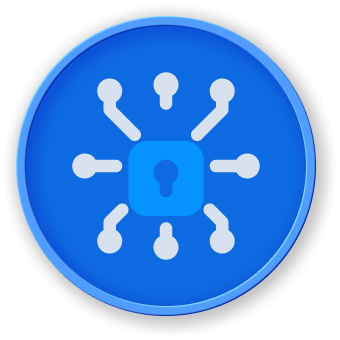Mitigation Strategies
Overview of Security Mitigation
Mitigation strategies are proactive approaches to neutralize potential security vulnerabilities in PHP applications, reducing the risk of successful cyber attacks.
Comprehensive Mitigation Techniques
function secureInput($input) {
// Multiple layers of input protection
$input = trim($input);
$input = stripslashes($input);
$input = htmlspecialchars($input, ENT_QUOTES, 'UTF-8');
$input = filter_var($input, FILTER_SANITIZE_STRING);
return $input;
}
2. Secure Database Interactions
function secureDBQuery($connection, $query, $params) {
try {
$statement = $connection->prepare($query);
$statement->execute($params);
return $statement->fetchAll(PDO::FETCH_ASSOC);
} catch (PDOException $e) {
// Secure error handling
error_log($e->getMessage());
return [];
}
}
Key Mitigation Strategies
| Strategy |
Description |
Implementation Level |
| Parameterized Queries |
Prevent SQL Injection |
Database |
| Output Encoding |
Prevent XSS Attacks |
Application |
| Authentication Tokens |
Prevent CSRF |
Session Management |
| Rate Limiting |
Prevent Brute Force |
Network |
Security Configuration Workflow
graph TD
A[Vulnerability Detected] --> B{Mitigation Strategy}
B --> C[Input Validation]
B --> D[Authentication Hardening]
B --> E[Error Handling]
C --> F[Sanitize Input]
D --> G[Implement Multi-Factor Auth]
E --> H[Secure Error Logging]
3. Authentication Hardening
class SecureAuthentication {
private function hashPassword($password) {
return password_hash($password, PASSWORD_ARGON2ID);
}
public function validateLogin($username, $password) {
$user = $this->findUser($username);
return password_verify($password, $user['password_hash']);
}
}
Advanced Mitigation Techniques
CSRF Protection
function generateCSRFToken() {
return bin2hex(random_bytes(32));
}
function validateCSRFToken($token) {
return hash_equals($_SESSION['csrf_token'], $token);
}
Rate Limiting Implementation
class RateLimiter {
private $attempts = [];
private $limit = 5;
private $timeWindow = 300; // 5 minutes
public function checkRateLimit($ip) {
$currentTime = time();
$this->attempts[$ip] = array_filter(
$this->attempts[$ip] ?? [],
fn($time) => $currentTime - $time < $this->timeWindow
);
if (count($this->attempts[$ip]) >= $this->limit) {
return false;
}
$this->attempts[$ip][] = $currentTime;
return true;
}
}
LabEx Security Recommendations
At LabEx, we emphasize a holistic approach to security mitigation:
- Continuous vulnerability scanning
- Regular security training
- Implementing defense-in-depth strategies
Best Practices
- Keep all systems and libraries updated
- Use the principle of least privilege
- Implement comprehensive logging
- Conduct regular security audits
Conclusion
Effective mitigation requires a proactive, multi-layered approach to identifying and neutralizing potential security threats in PHP applications.




